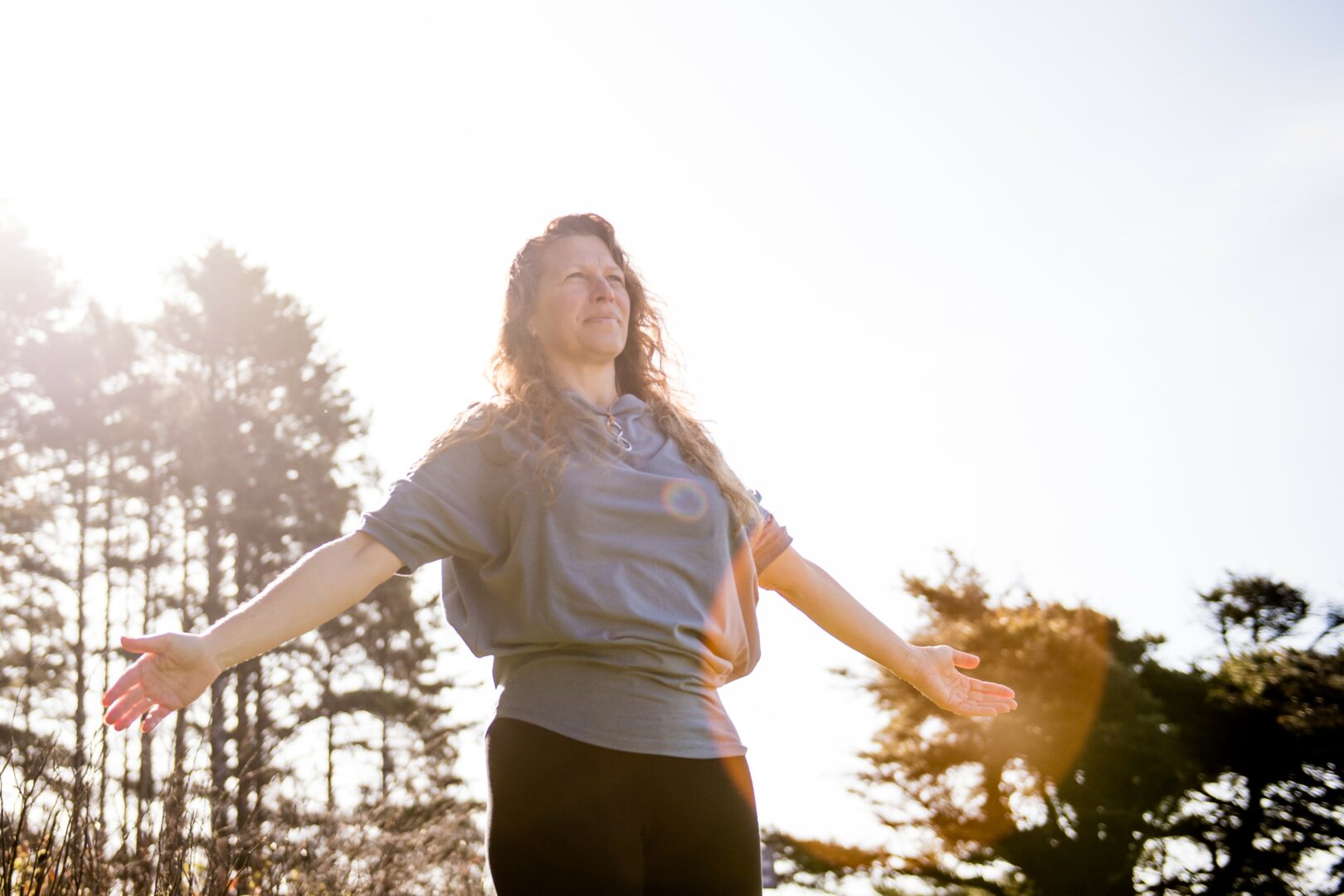We’re looking forward to introducing you to Jeffries Moore. Check out our conversation below.
Jeffries, a huge thanks to you for investing the time to share your wisdom with those who are seeking it. We think it’s so important for us to share stories with our neighbors, friends and community because knowledge multiplies when we share with each other. Let’s jump in: What are you chasing, and what would happen if you stopped?
I am chasing the opportunity to translate the invisible forces shaping our lives into something we can see, feel, and reckon with. I am chasing truth, justice, and the possibility of beauty in a world that often feels fractured. My contemporary art practice is about giving form to what is hidden—the pressures of modern systems, the resilience of those who endure them, and the questions we avoid asking ourselves.
If I stopped, I think part of me would stop existing. My work is not just something I do; it is the way I process, resist, and contribute. Without it, I would lose my voice—and I believe the conversations my work creates would also go silent. That silence would not just be mine, but the silence of the stories I am committed to telling.
Can you briefly introduce yourself and share what makes you or your brand unique?
My name is Jeffries Moore, and I am a contemporary artist whose practice interrogates resilience and survival within the frameworks of modern social systems. My work spans highly textured paintings, sculptural forms, and immersive augmented realities—each piece operating as both a question and a provocation rather than a definitive answer.
What sets my practice apart is its universality. Rather than speaking to a singular audience, my work engages the broader human condition. My extensive travels and my experience as a polyglot inform my perspective: learning a language is not just about vocabulary, but about inhabiting a new way of thinking. I believe that one of the greatest challenges we face today is the erosion of empathy and a reluctance to truly inhabit other viewpoints. Because images hold the power to generate multivalent meanings, I use a range of mediums to evoke layered interpretations, inviting viewers into a dialogue rather than a passive observation.
At present, I am expanding the dimensionality of my paintings, experimenting with spatial depth and immersive technologies to create new visual engagements. My current body of work explores the agency of social architecture, using art as a catalyst for discourse, participation, and reimagined possibilities of connection.
Thanks for sharing that. Would love to go back in time and hear about how your past might have impacted who you are today. What relationship most shaped how you see yourself?
The relationship that most shaped how I see myself was with my mentor, R.P. Johnson. After the passing of my biological father, he stepped into my life as a father figure. Though not a creative himself, he was an unconventional thinker with a unique understanding of media and communication. He constantly encouraged me to step beyond the ordinary and pursue the extraordinary.
As artists, we often second-guess ourselves, especially when our work resists convention. During a pivotal moment in my career, he told me:
“Jeff, creating art isn’t a hobby for you — it’s who you are. You could achieve everything most men desire, but without creating art, you won’t be fulfilled. You need creative stimuli to exist. Don’t wait for inspiration to come to you — go to it.”
Those words became a guiding principle for me. They fueled my work in production design and later became the foundation of my contemporary art practice, which continues to interrogate resilience, survival, and the pursuit of meaning.
What have been the defining wounds of your life—and how have you healed them?
The defining wound of my life was the loss of my father — a man whose dream it was to have a son, and whose name I carry. The irony was that for most of my life, we were not as close as either of us wanted to be. We were mirrors of each other — alike in spirit, but separated by the distance between his lessons and my willingness to receive them. He was ready to teach, but not always ready to listen. I, young and untested, was eager to be heard but slow to truly hear. That tension kept us from the relationship we might have had.
And yet, even in our distance, I learned from him. I watched him move through the world as an artist — a man with a hunger for culture and learning — who, because of the realities of being a man of color and of limited means, could not fully live out his own creative dreams. Instead, he carved out space for me to live out mine. Toward the end of his life, we began to find each other, to understand each other. But just as the closeness we longed for was taking shape, cancer took him away.
My healing has been a slow and deliberate act of remembering him — not for what was missing, but for what was given. There was no trust fund, no estate to inherit, but he left me with the wealth of his example. He taught me the dignity of work, the discipline of creating, and though he was a man of few words, he taught me how to speak through art. These lessons became my inheritance, my compass, my way of turning grief into voice — and voice into meaning.
So a lot of these questions go deep, but if you are open to it, we’ve got a few more questions that we’d love to get your take on. What’s a belief or project you’re committed to, no matter how long it takes?
One commitment that I hold, regardless of how long it takes, is to my contemporary art practice as a voice for those who are suffering under the weight of modern systems. My work interrogates power, resilience, and survival—creating space for stories that are often overlooked or silenced. I believe art has the ability to act as both witness and catalyst, and I am committed to continuing that conversation as long as I have breath.
I am also deeply committed to The ARC Project and the exploration of social architecture—reimagining how we build communities, both physically and relationally, so they can be more just, humane, and sustainable. These projects are not quick fixes; they are generational commitments that require patience, listening, and vision. For me, the work isn’t just about producing objects or ideas; it’s about shaping culture and offering a framework for a better future.
Thank you so much for all of your openness so far. Maybe we can close with a future oriented question. Are you doing what you were born to do—or what you were told to do?
I am absolutely doing what I was born to do. Whether or not there was an audience or a paycheck, I have always created, because for me art is a necessity, not a choice.
I have been both blessed and haunted by a life that has taken me across continents and into many creative disciplines. These experiences have expanded my perception and sharpened my ability to see the fractures, power dynamics, and quiet violences of modern systems. My work is the place where I translate all of that—the things that are too complex, too painful, or too beautiful to be spoken—into a visual language that confronts, questions, and proposes.
For me, this is not compliance with anyone’s expectations; it is compulsion. It is how I make sense of the world and how I offer that understanding back to others.
Contact Info:
- Website: https://www.muotaji.com
- Instagram: @muotaji


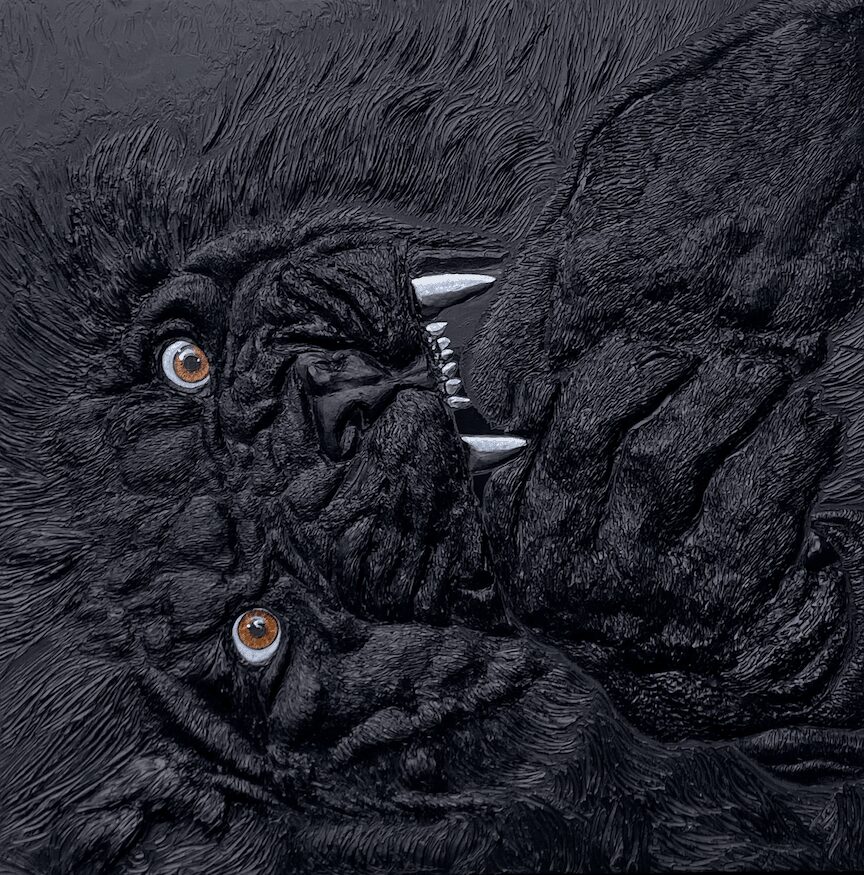
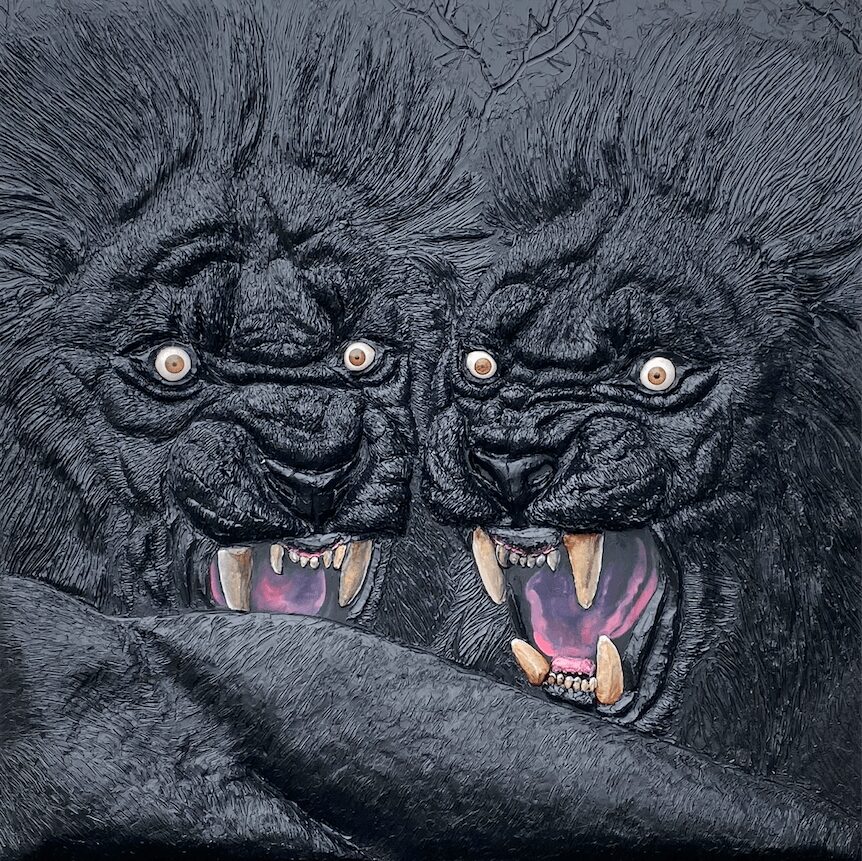
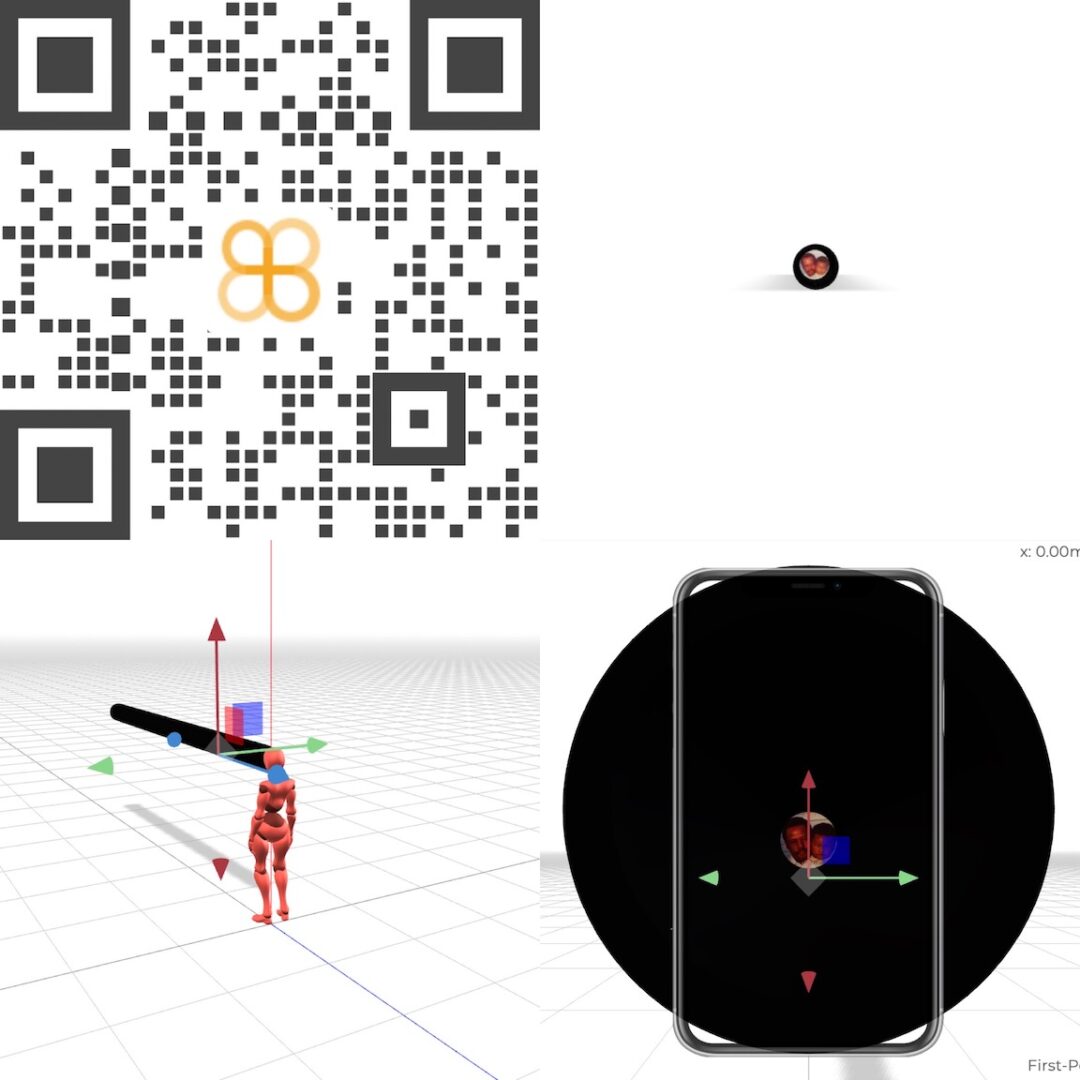
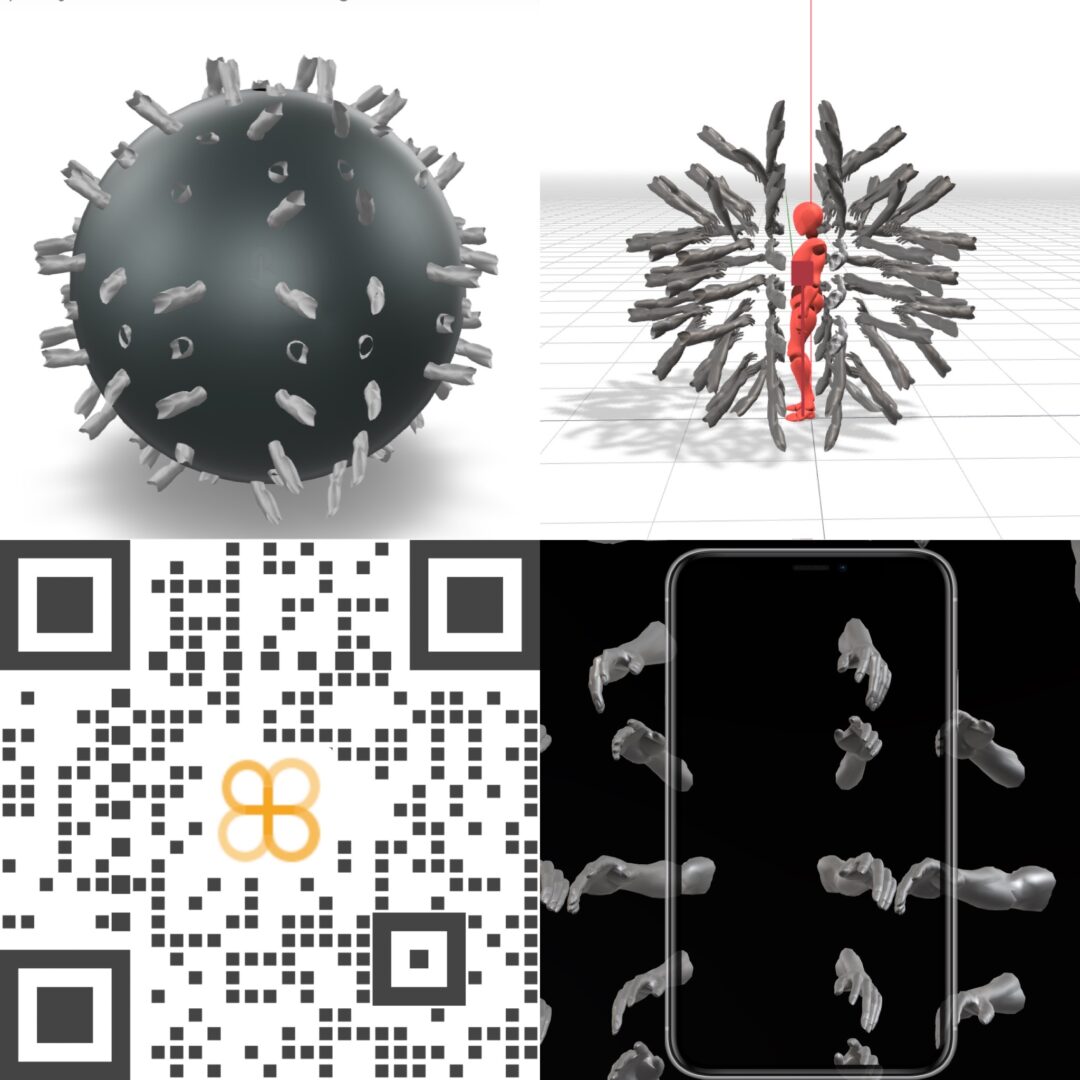


so if you or someone you know deserves recognition please let us know here.



